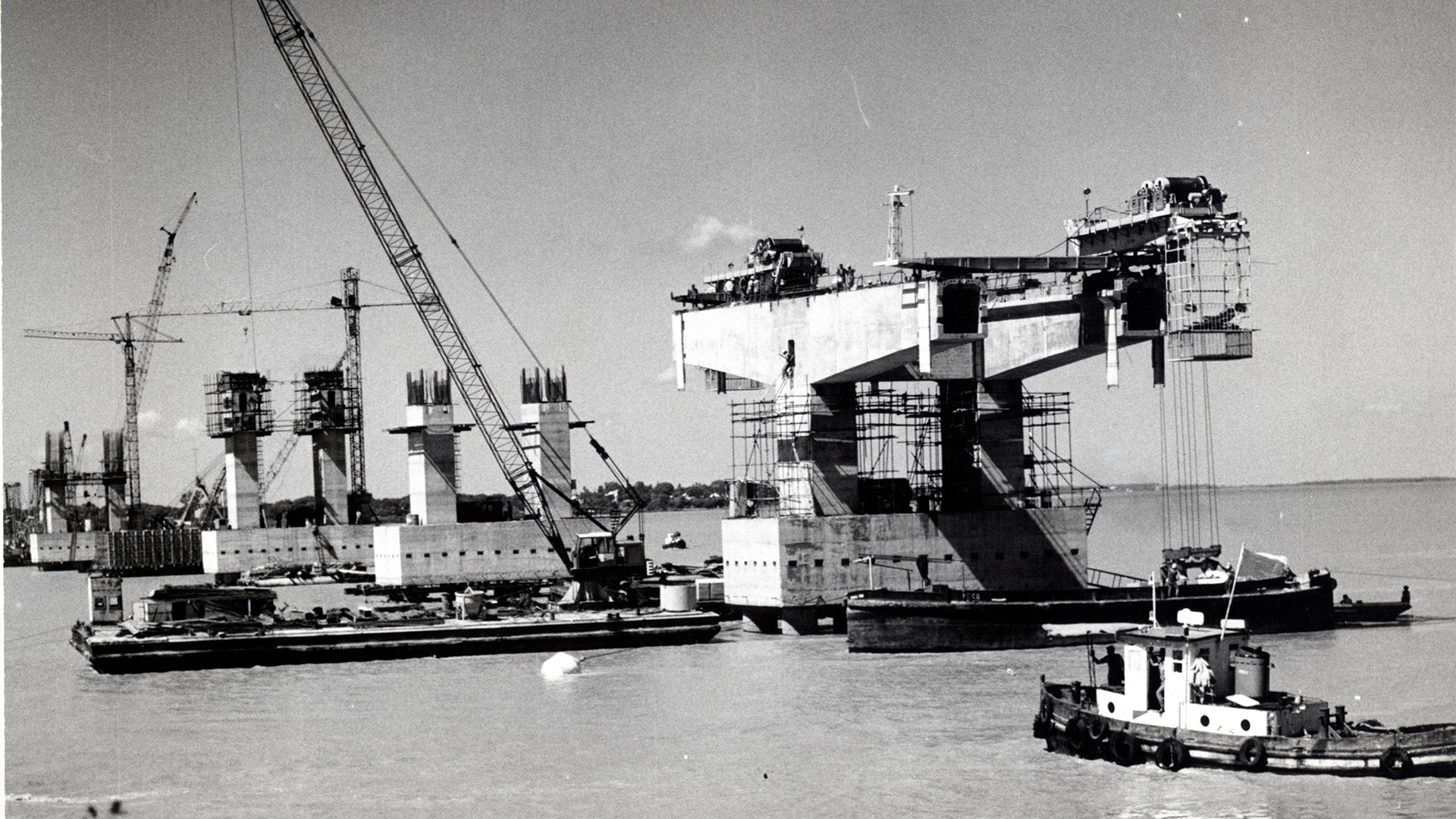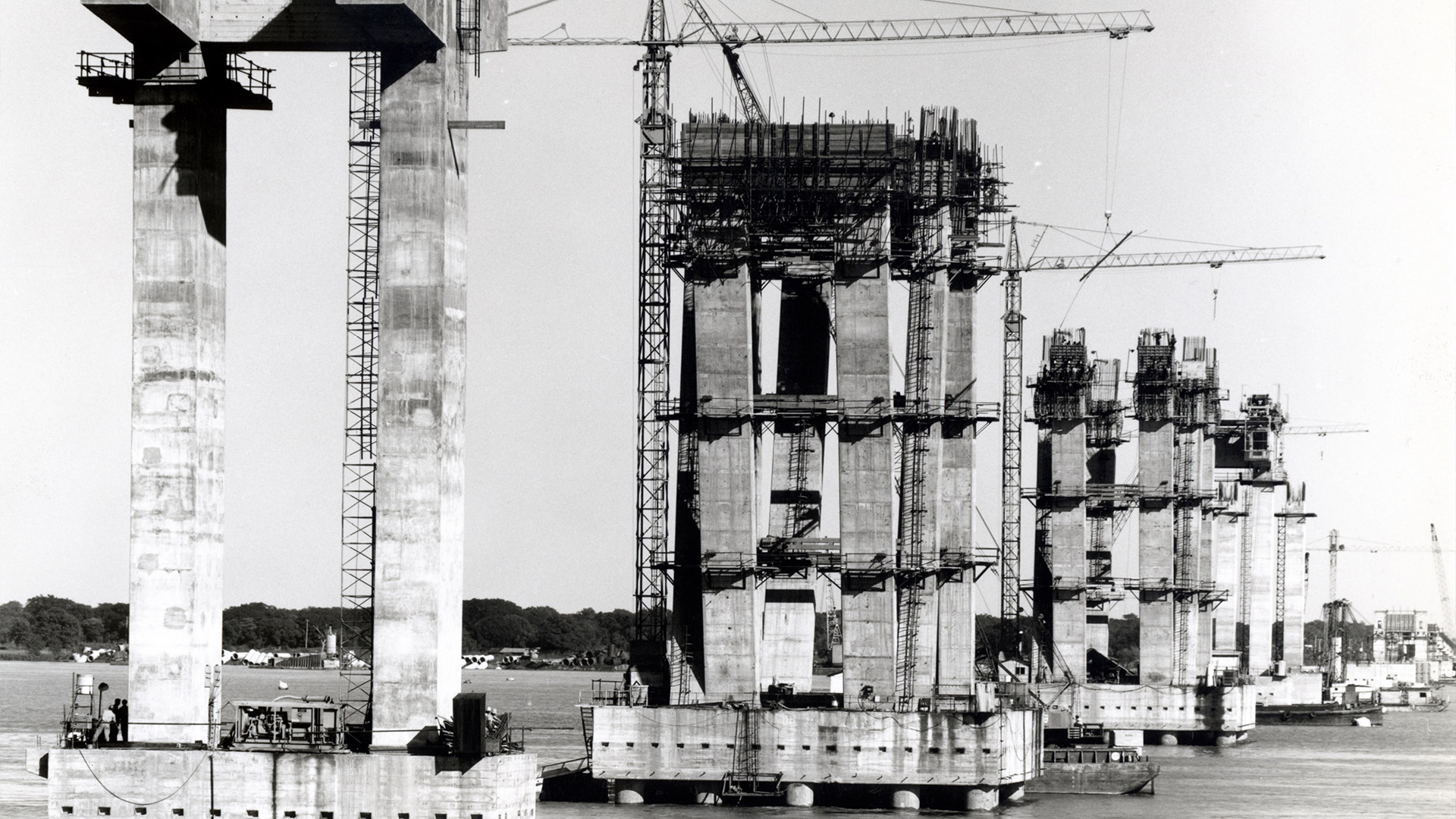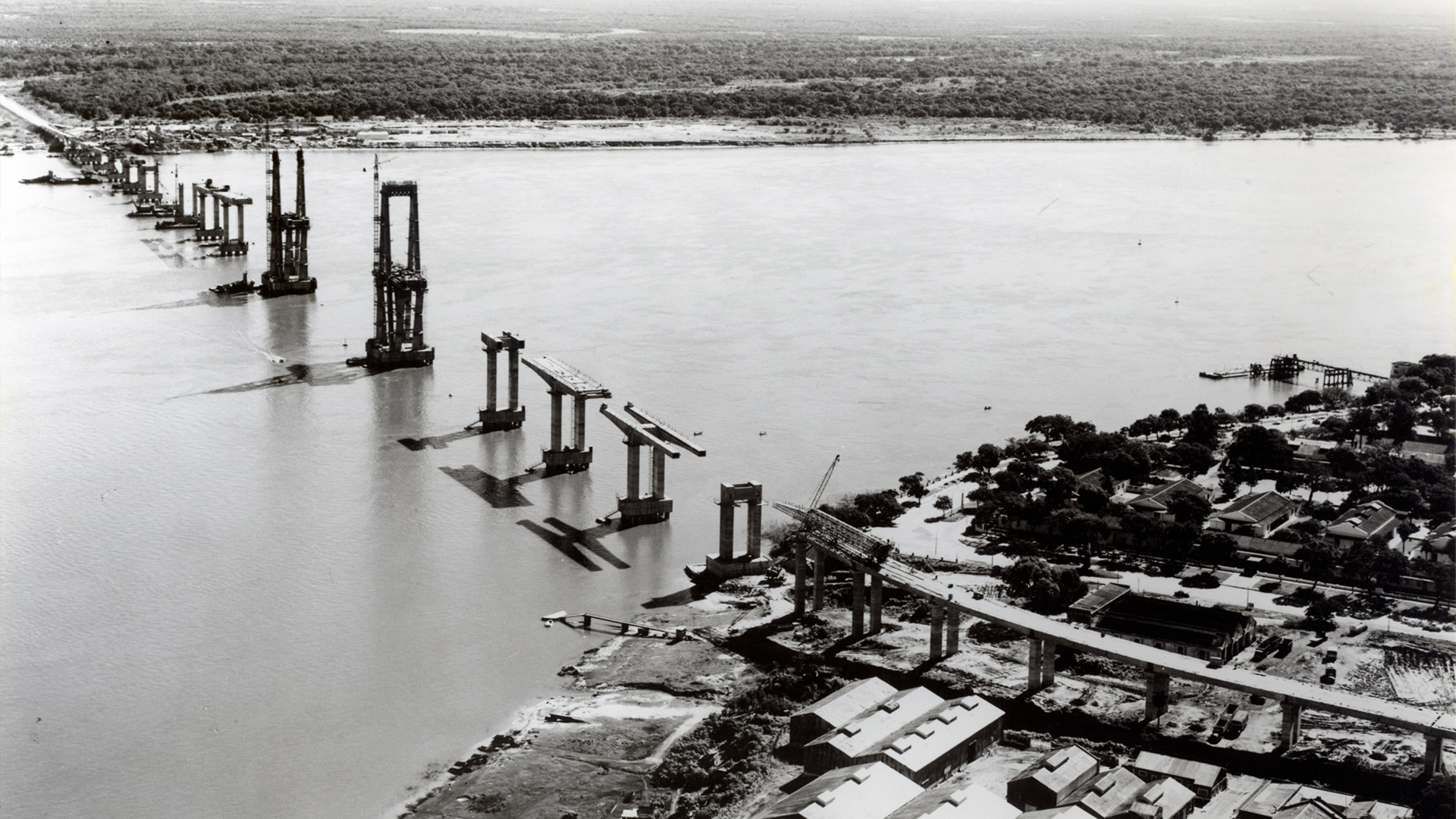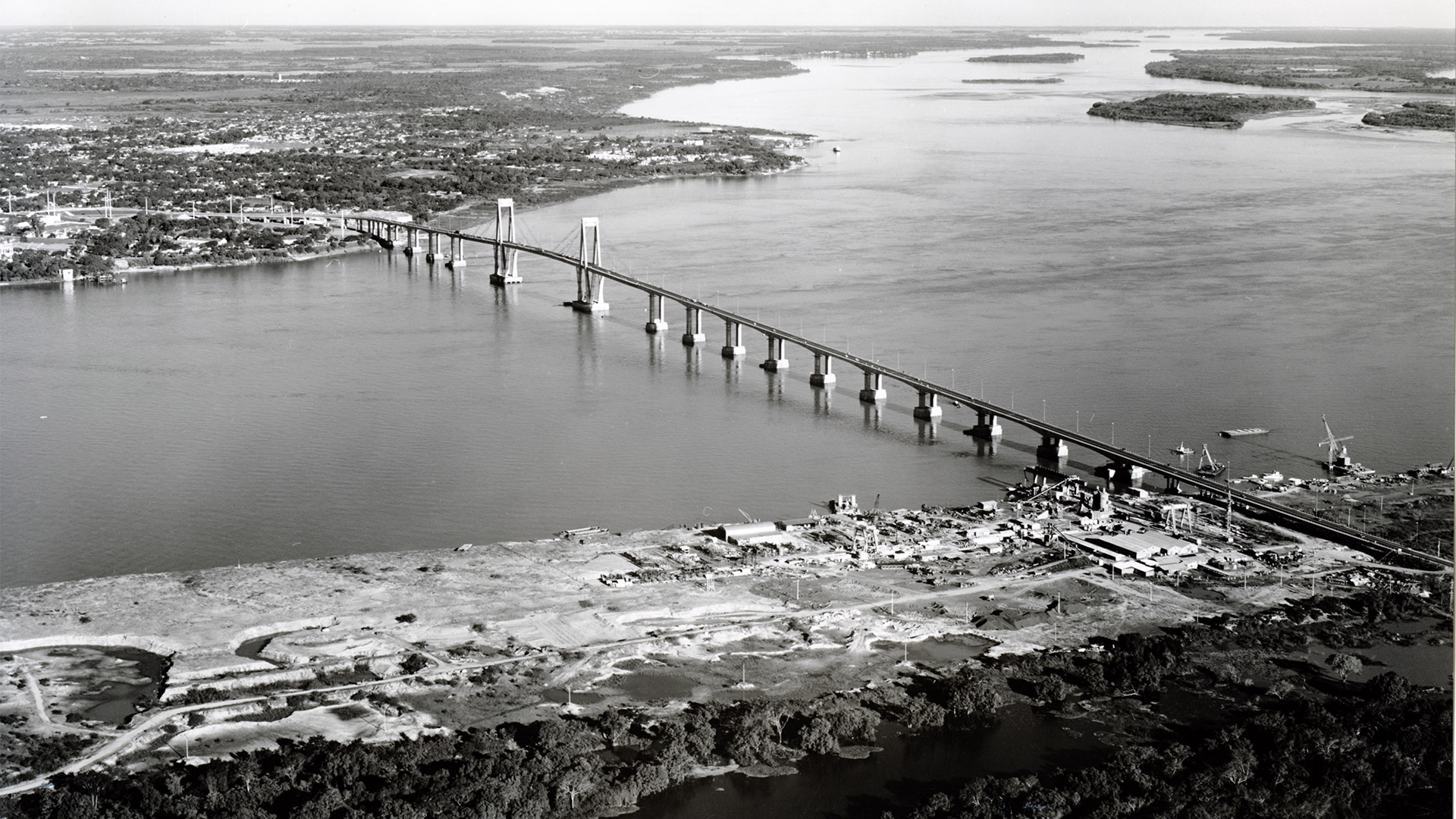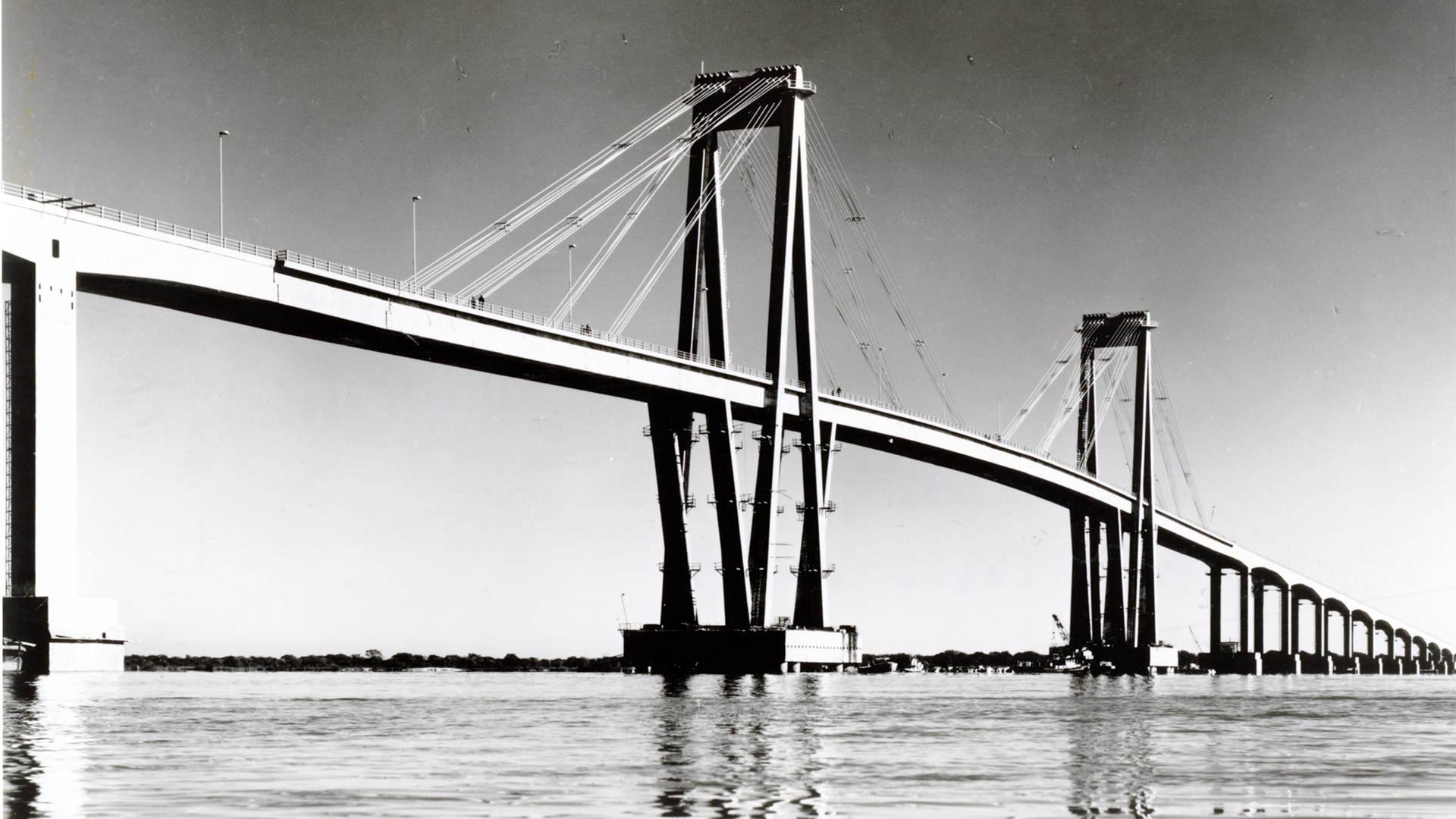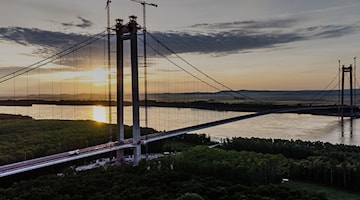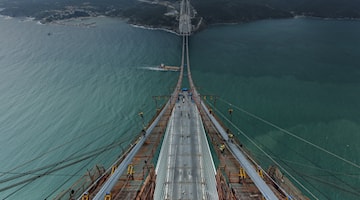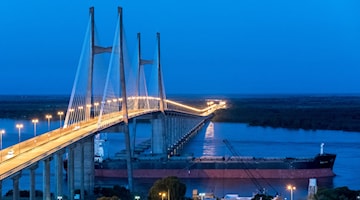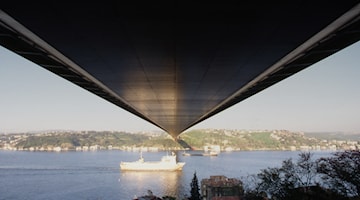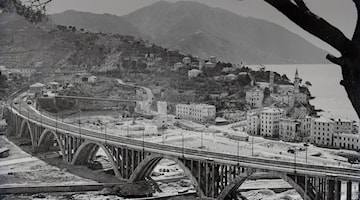Chaco-Corrientes Bridge, Brazil-Argentina
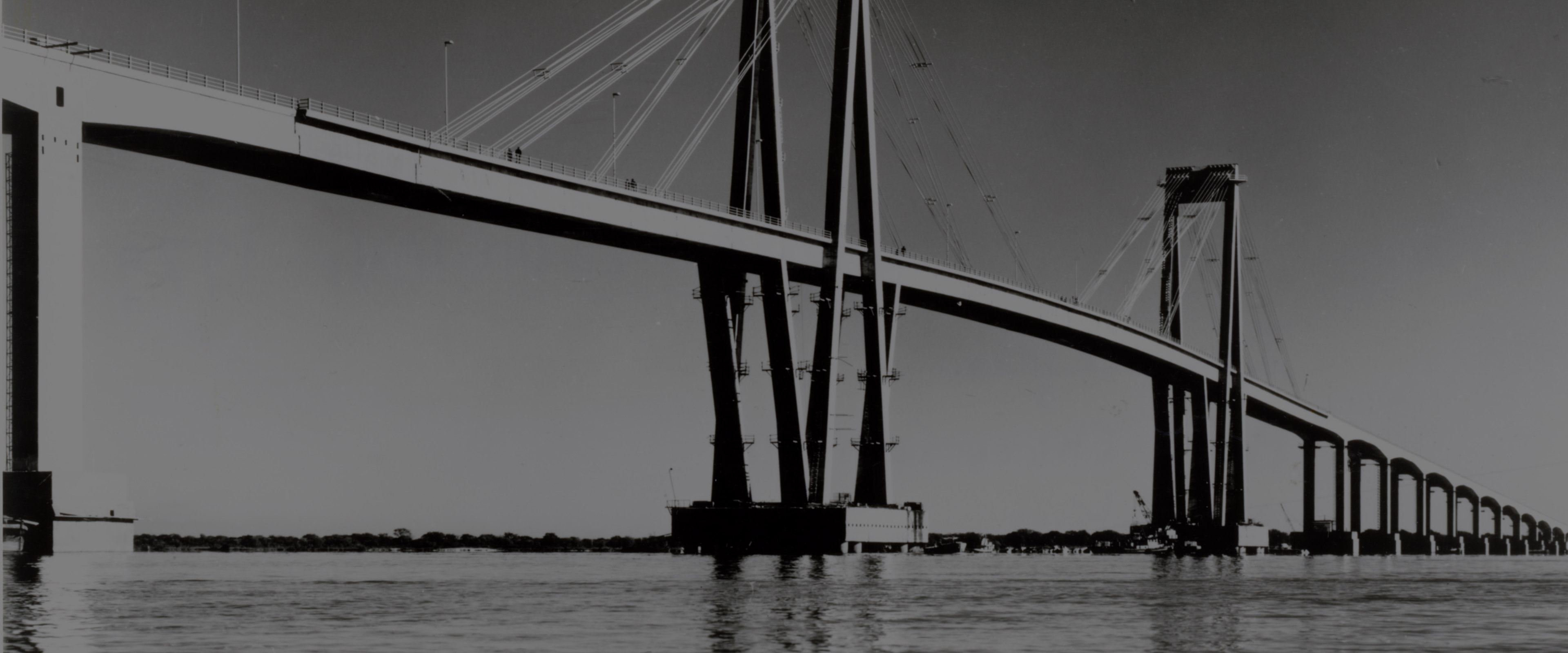
CHACO-CORRIENTES BRIDGE, BRAZIL-ARGENTINA
The Paraná River is the second longest river in South America, an endless waterway that stretches for almost 5,000 kilometers, crossing Brazil, Paraguay and Argentina. It is precisely between Brazil and Argentina, between the provinces of Chaco and Corrientes, that was built a large cable-stayed bridge. At the time of its opening in 1973, this bridge represented a revolutionary innovation in terms of infrastructure. The bridge has a total length of approximately 1,700 metres, a main span of 245 meters and two side spans of 163.9 meters each, all connected to the ground structures by a series of portal beams with spans of 83 metres.
During construction, the main complexity was due to the characteristics of the terrain and the river itself. On the one hand, there were challenges related to depth, water velocity and variations between the river's maximum and minimum levels. On the other hand, factors such as the frequency of flooding and the geology of the river bed posed additional challenges. All these variables made building the bridge a truly difficult task.
An innovative approach was adopted using full prefabrication for the large pre-stressed concrete suspended span. This solution was totally new for those times and was even more complex due to the size of the bridge. The successful execution of this project essentially ushered in a new construction technique, which would later be reused in the construction of some of the world's largest suspension bridges.

THE WORK AND THE TECHNIQUE
M TOTAL LENGTH OF THE BRIDGE
M MAIN SPAN
M SIDE SPANS





